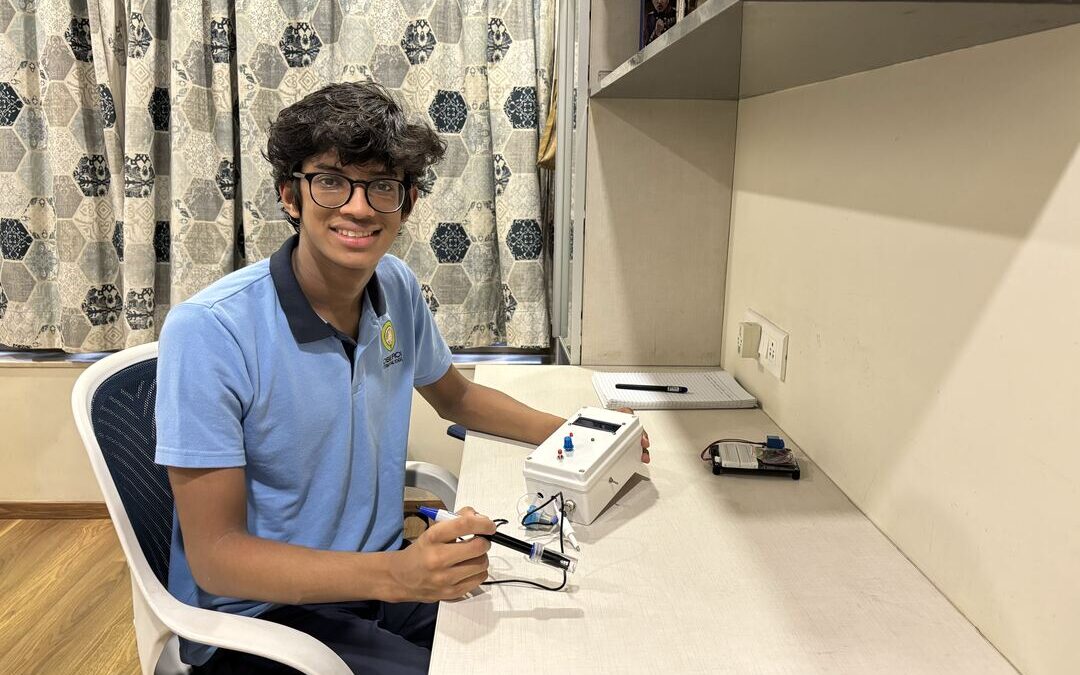New Study Highlights Machine Learning as Reliable Tool for Water Quality Testing
The study examined the alkalinity, conductivity, cloudiness and dissolved oxygen of water samples through the resulting HEX color code.
Machine learning algorithms can use image recognition to check water quality with 85 percent accuracy, reported a recent peer-reviewed technology journal based in New Delhi.
According to the International Research Journal of Engineering and Technology, ML algorithms can reliably predict water safety based on image recognition of the color gradient of the samples.
The study examined the alkalinity, electrical conductivity, cloudiness and dissolved oxygen of water samples through the resulting hexadecimal or HEX color code.
The HEX code uses a combination of six characters or numbers from 0 to 9 and letters A to F to visually represent the water quality.
Water samples were collected from 60 locations in Mumbai, including ponds, lakes, water outlets and sewages, to ensure a broad spectrum of sources and conditions.
Simultaneously, using the color extraction algorithm, the HEX code values and their respective intensity were extracted and fed to the ML model.
The statistical model’s development and validation indicated its capability to accurately predict water potability, with an 85 percent accuracy rate in classifying samples as safe or unsafe.
“This outcome supports the hypothesis that utilizing a machine learning algorithm for water quality assessment is an efficient and reliable method,” said Anirudh Vaidison, the study’s author and a student at Oberoi International School in Mumbai.
He added: “This innovative approach highlights the potential for real-time water quality monitoring and environmental preservation, though further research is needed to refine the model.”
Anirudh, the 17-year-old environmental innovator, has made waves with his contributions by building on this research and developing AquaSense, a portable water testing device equipped with sensors that measure pH, turbidity, and TDS levels.
While AquaSense has not yet been deployed, he envisions introducing the device in schools across India to empower students and staff to monitor their water quality in real time.
“My vision is to have AquaSense in every school, especially in areas where access to clean water is a challenge,” says Anirudh. “With the right support and government funding, we can ensure that schools and communities are better equipped to address water safety issues.”
As the world stands on the cusp of integrating technology and environmental science more seamlessly than ever before, initiatives such as these underscore the critical role of young innovators in solving global challenges.
EsgTimes News Network
Related posts
Subscribe
Error: Contact form not found.


